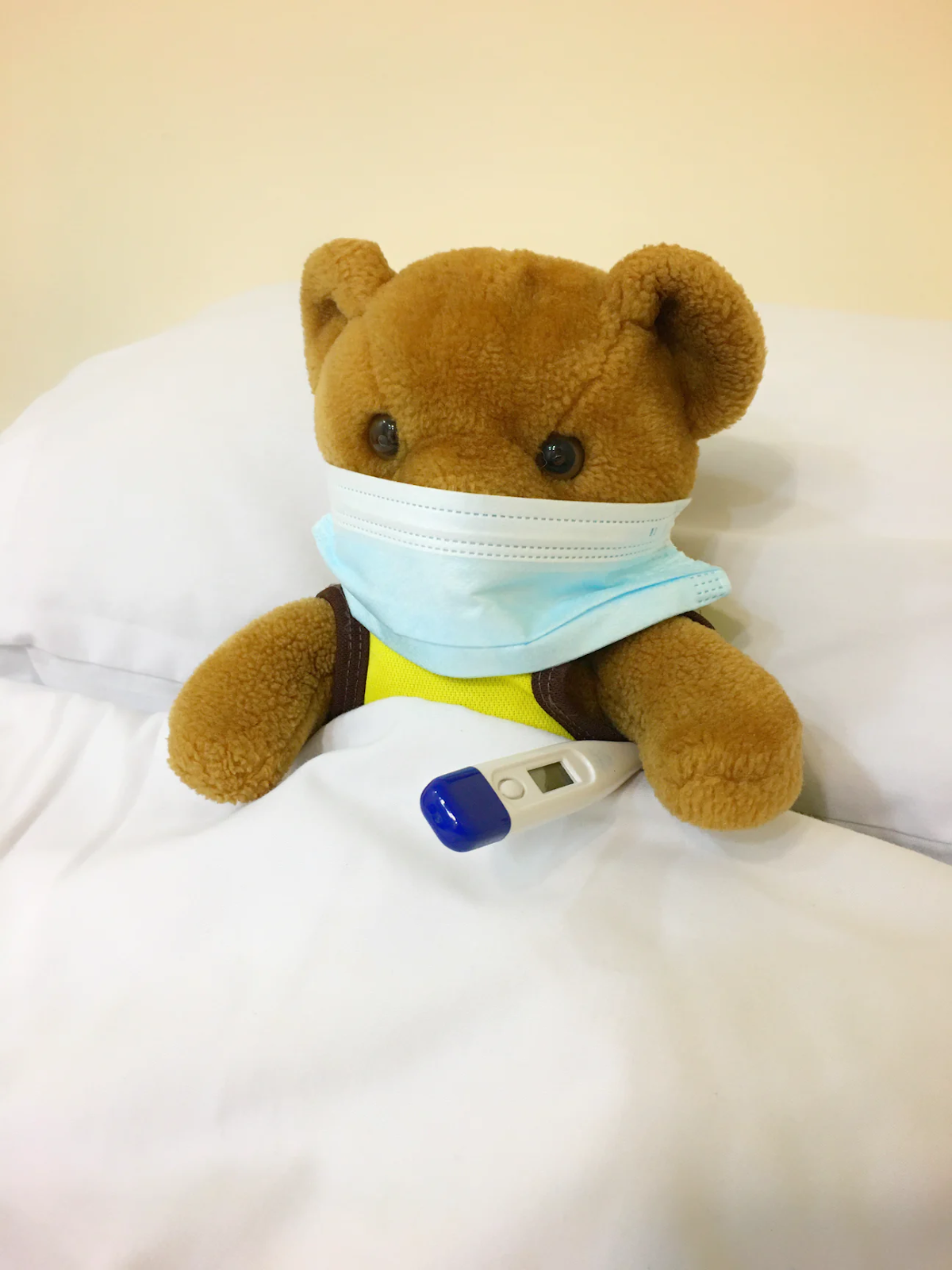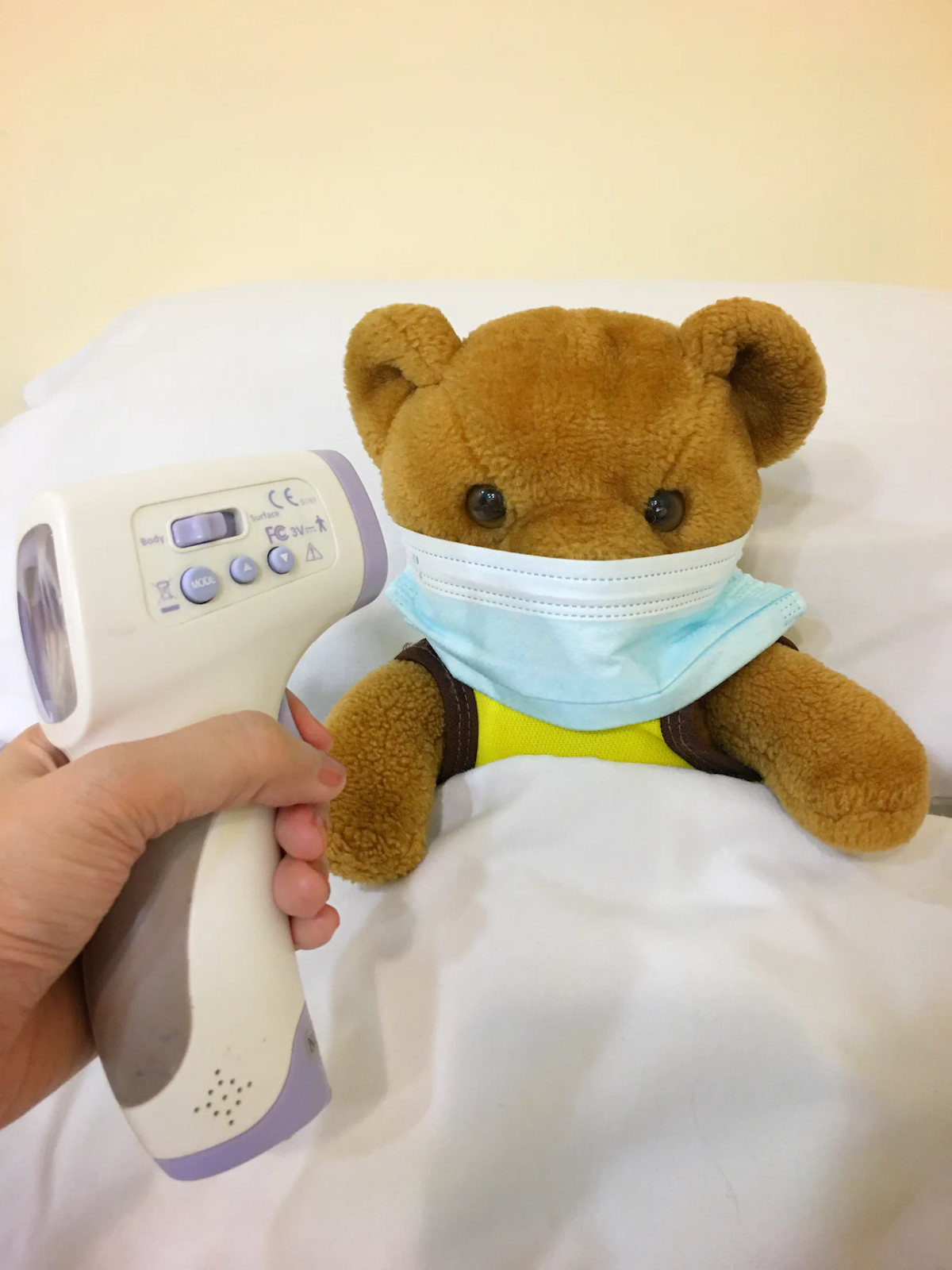Riya Patel
Biology 🧍
13 resourcesSee Units
Components and Functions of The Immune System
For the Anime lovers out there, this question is for you! Have you ever watched "Cells at Work"? If so, you've already been exposed to how cells work within the immune system to fight off different disorders. From fixing blood clots🩸 to fighting against allergies 😔, "Cells at Work" depicts various instances where the immune system can be crucial in saving lives 😇. I highly recommend you watch this show to understand the entire human body system better!
What is the Immune System? 💡
The immune system is the human body system that protects us from outside intruders, such as viruses, bacteria, and toxins. The various organs and proteins within the immune system work together to help fight off disease and pathogens.

What are Pathogens? 🦠
Now that you have heard that the immune system helps rid the body of pathogens, you might be asking, what is a pathogen? Well, a pathogen is any outside entity (virus, bacteria, microorganism) that causes diseases.
What are the Three Lines of Defense in the Body?
Our body has three lines of defense, which help it fight against various pathogens. These "three lines" are surface barriers, the innate immune system, and the adaptive immune system.
Skin is a barrier between the outside and insides of your body. Besides keeping all organs, bones, and muscles in place, skin helps protect the amount of contact that internal mechanisms would have with external pathogens.
If the pathogen bypasses the surface barrier, then the innate immune system goes into defense. With the pathogen now inside the body, the body reacts with non-specific responses. These responses are a general response to infiltration, and the immune system responds to infections the same way every time.
If an unspecialized solution does not take care of the pathogen, the adaptive immune system may need a specialized response. This system can differentiate and target a response specific to a pathogen and respond fast to prevent symptoms from further developing or worsening.
Surface Barriers
The surface barrier is the first line of defense in your body and is a preventative solution to infection. There are four different barriers and measures your body utilizes to block pathogens. They are skin, mucous membranes, chemical secretions, and sweat.
Skin 💪
If bacteria are unable to penetrate the skin, there is no possibility of infection. Skin as a barrier is efficient and allows the body not to be sensitive to every surface or pathogen.
Mucous Membrane 🙅
A mucous membrane allows for the secretion of a mucous, which can trap pathogens and particles to prevent them from spreading and causing further damage.
Chemical Secretions 💥
Pathogens can enter the body through ducts with mucous, such as eyes, mouth, and throat. Chemical secretions with antimicrobial proteins may inhibit infections.
pH and Sweat 💦
The skin releases sweat, which helps keep the optimum pH levels for the skin to defend itself from pathogens. The sweaty skin's pH levels, around 3-5, can kill most microbes.
The Innate Immune System
Innate Immunity
If pathogens penetrate past the surface barrier, they are now inside the body. Innate immunity, the body's second line of defense, will take a general approach, using phagocytosis to ingest the cell. The body can also react in additional ways.
Phagocytosis
Phagocytosis is a process in which pathogens are ingested by a cell to digest and dispose of the cell, and to use fragments of pathogens at the end to stimulate the third line of defense (if needed).
The four steps of phagocytosis are the following:
- Pathogen approaches phagocyte, in which pseudopodia (cell extensions, flaps) surround the pathogen.
- Pseudopodia engulf the pathogen and create a vesicle.
- Vesicles fuse with a lysosome, in which the pathogen gets digested.
- Fragments will be presented on the surface of the phagocyte to stimulate the last line of defense.
Additional Reactions
Inflammation 😖 - If tissue is damaged, increased valve dilation and increased permeability are opened to enhance clotting elements to heal the area.
Fever 😷 - If severe damage occurs, the body will target a widespread response by increasing body temperature to denature pathogen growth.

The Adaptive Immune System
Adaptive Immunity
If a specialized reaction is needed to take down a pathogen, adaptive immunity, the third line of defense, comes to play. It will react accordingly to the pathogen, responding to specific microbes on the foreign pathogen's membrane (antigens).
B cell & T cell Activation ✅
Any time antigens are recognized, both B and T cells will activate. Antigens are molecules from foreign cells that help the body see which cell is foreign or pathogen. When these foreign antigens bind to the surface of B and T cells, it allows them to start multiplying so that plasma cells, Memory B cells, and cytokines are produced.
Antibodies 💉
Antibodies are made by plasma cells and aid in destroying pathogens. They do so by making soluble antigens soluble, clustering cell-bound antigens together, masking dangerous parts of pathogens, triggering the release of histamine, thus marking the pathogen down for attack and preparing it for phagocytosis. Complement proteins make a hole in the membrane, which causes lysis, making the pathogen break apart and die.
Memory Cells 🧠
If the body reencounters the same pathogen, memory cells will prevent a delay in antibody production. There will be a more vigorous and faster production of antibodies with memory cells in place, allowing the antibodies to outnumber the rate of pathogen reproduction, thus eliminating disease symptoms. No disease can occur, and therefore, immunity from that specific pathogen is achieved.
Closing Remarks
That's all for the immune system! For those of you who are auditory👂 learners, check out this video to review the material discussed in this chapter! Check out this slide deck for those of you who are more interactive ✋ and visual 👁 learners! If you are curious 🤔 and eager to learn more about the other body systems, check out this video review!
🤝Connect with other students studying biology with Hours
Browse Study Guides By Unit

Fiveable
Resources
© 2023 Fiveable Inc. All rights reserved.